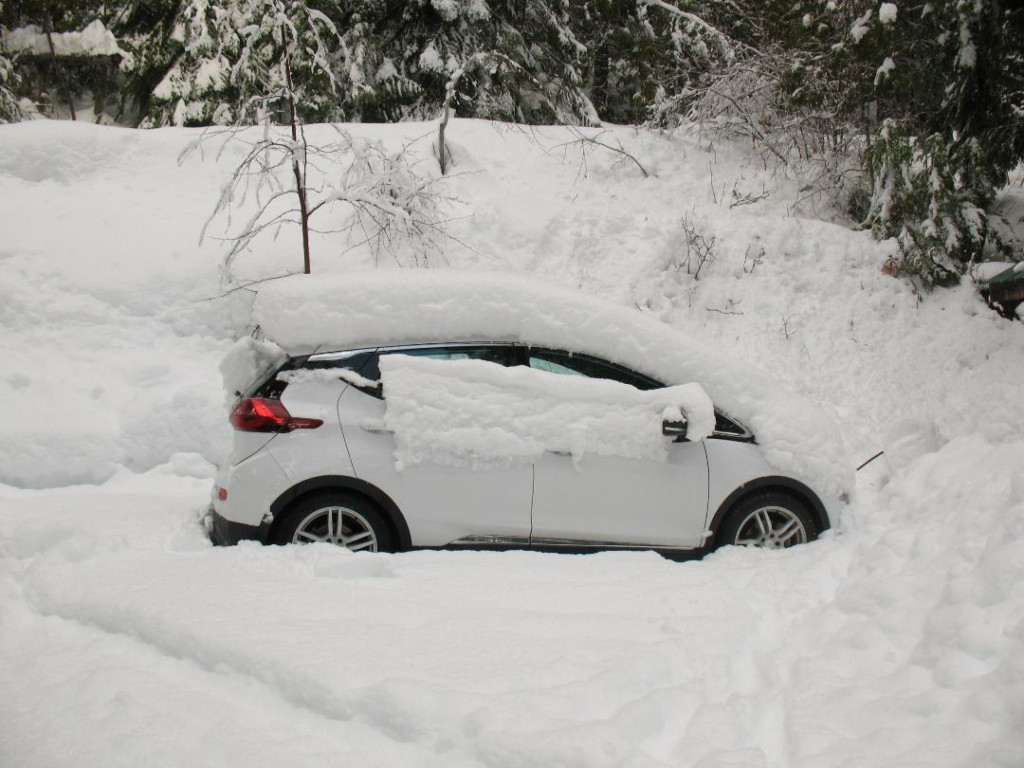As do gas cars. A difference is that you can count on an extra stop at the gas station to make up for the very poor fuel economy of a cold gas car or PHEV, but you may not have the range to reach a charging station in an icy BEV. EVs differ in their sensitivity to cold; the Nissan Leaf (no longer made) did not warm up its battery in cold weather, such that it was particularly vulnerable to cold weather weakness. In contrast, my 2023 Rivian R1T rarely allows the battery to go below 50⁰F if it is plugged in, as it usually is when not in motion. This guarantees that I start with a warm battery and the R1T shows little cold weather weakness.
Some EV buyers solve the low temperature problem by purchasing an EV with a range that is greater than that which is needed on the coldest day, or they use an old gas car on those extremely cold days. Suppose for example that you never go more than 100 miles in a day. Purchase a BEV with a range of 150 miles, and you will be covered in even the snowiest winters. Of the top BEVs on the roads in Colorado, the smallest reported range is the Nissan Leaf with 149 miles; the largest range among these top ten models is the Tesla S (std. range) with 320 miles. Those will do.
Note also that operating an EV in Colorado is very healthy for the longevity of the battery (here rendered as “SOH” or state of health), as they retain range better in cooler environments (from https://www.geotab.com/blog/ev-battery-health/).

For what it is worth, the top EV-adopting countries are all Scandinavian. These countries extend above the Arctic Circle. They love their EVs. EVs always start in the cold.

